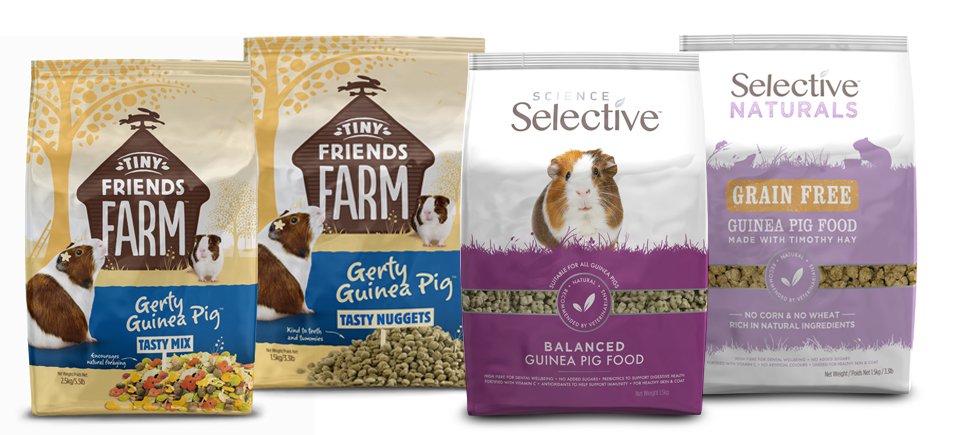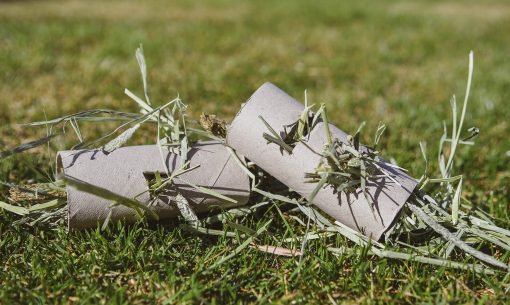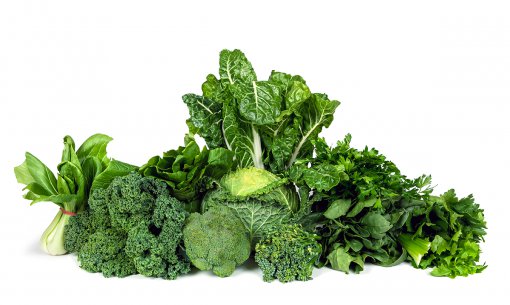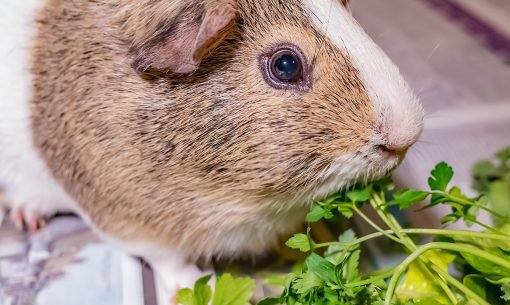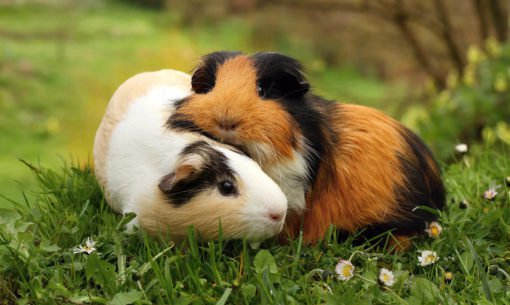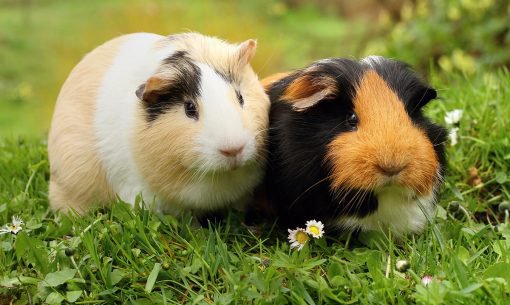Why do guinea pigs need hay?
Hay may not be top of the dinner menu for us humans, but it’s just the ticket for our guinea pig friends! These cheeky little herbivores need to munch their way through a whole load of hay each day to keep healthy and happy. In this blog, we’ll explain why guinea pigs need hay, how much you should give them each day and how to choose the healthiest and tastiest options.
Do guinea pigs need hay to be healthy?
Guinea pigs are natural herbivores, which means that they’re meant to spend their days nibbling away on vegetation. In the wild, guinea pigs roam around the Andes mountains grazing on lots of grasses as well as eating some other plants they find.
While our pet guinea pigs may be far from the wild countryside of the Andes, they still need to eat a similar diet in order to stay happy and healthy. This is because their teeth and digestive system are adapted to survive on lots of grass-based food.
Their herbivore teeth are particularly special – these continually grow throughout their lives, meaning that guinea pigs need to keep chewing on tough vegetation in order to wear them down. Their digestive system is also incredibly complicated and needs lots of fibre to keep it working properly.
All this means that guinea pigs need a diet of high-fibre plant-based food, and the best way we can give this to them is by feeding them as much hay as they can eat.
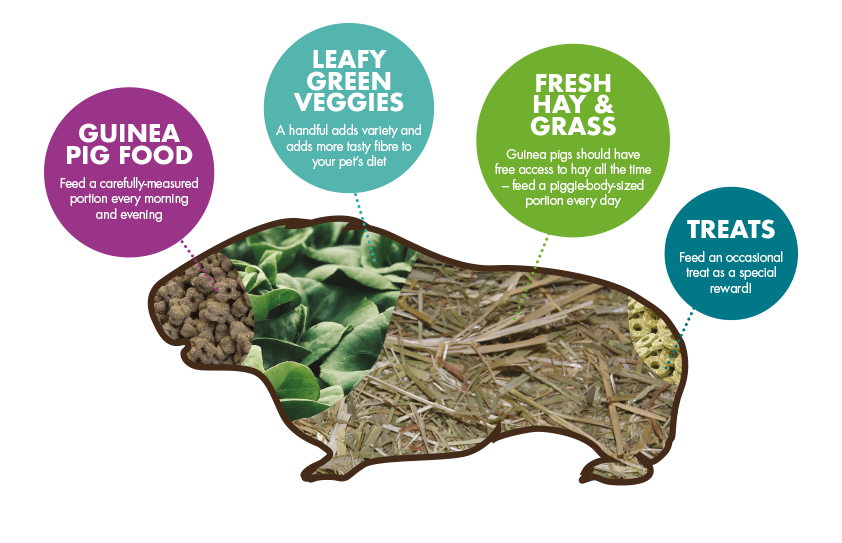
How much hay do guinea pigs eat?
As a general guideline, about 80% of your guinea pig’s daily food intake should be hay. Believe it or not, a healthy guinea pig should eat at least a body-sized amount of hay per day. However, there’s no need to worry about precisely measuring out your guinea pig’s hay. It’s best just to make sure there’s an unlimited amount of fresh hay available all the time, as guinea pigs cannot overeat on this healthy food.
Sometimes hay is used for bedding as well as for food, and in this case your guinea pig will need more hay available in their home. However, there’s no way of telling your piggie which bits of hay to eat and which to use as bedding! To prevent your guinea pig from eating hay they’ve pooped and peed on, you may find that other bedding choices work better. Tiny Friends Farm Eco Bedding is made from surplus paper, making a handy non-edible alternative that’s also good for the environment!
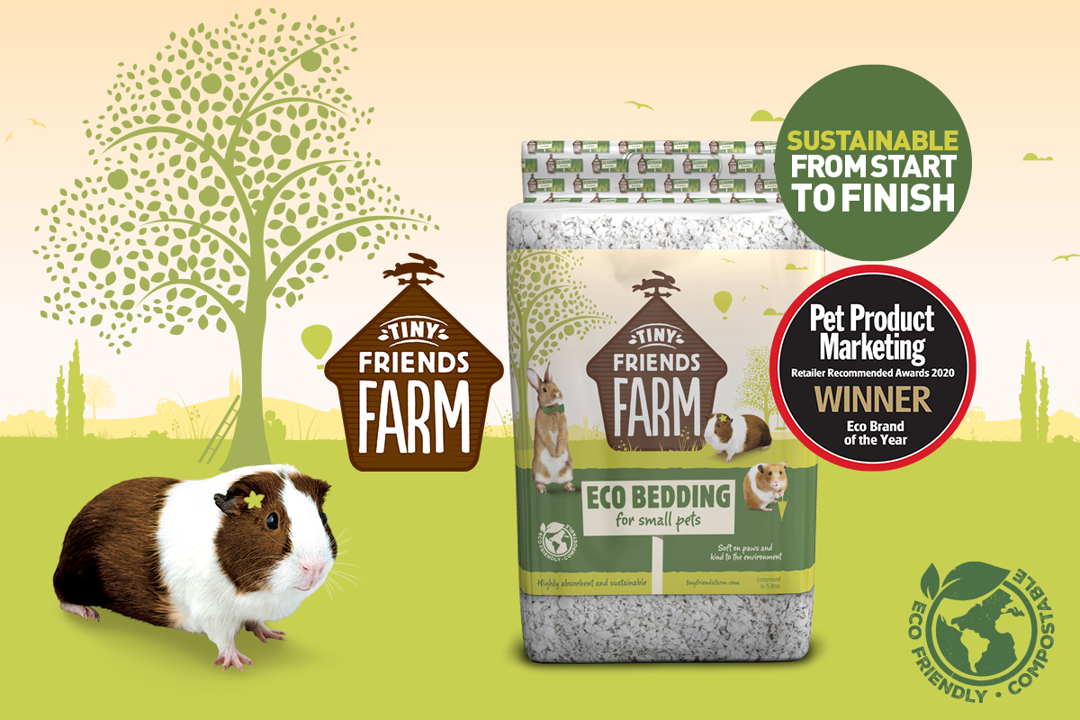
What kind of hay can guinea pigs eat?
There are lots of types of hay out there and choosing between them can seem like a daunting task. To help you out, here are a few tips that will hopefully make the choice less confusing.
Firstly, in terms of the type of grass, the healthiest and tastiest choices are generally Meadow hay (such as Russel Rabbit Tasty Hay) or Timothy hay. Our Science Selective Timothy Hay is harvested from the first cut of the year, and the Timothy grass produces large and tasty seed heads that piggies love!
It’s not just the type of hay to think about though, it’s also the quality. Good quality hay is a pale green to gold colour, and it has that delicious fresh smell that puts you in mind of summer fields! If the hay is dull and brown it will be poorer quality, and if it smells sharp or musty then it may have areas of mould.
Another thing to look for is dust. If hay releases a lot of dust, then this may get into your piggie’s respiratory system and make them ill. At Supreme our Russel Rabbit Tasty Hay is dust-extracted and our Science Selective Timothy Hay is specially hand packaged to help reduce dust and keep your piggie happy and healthy.
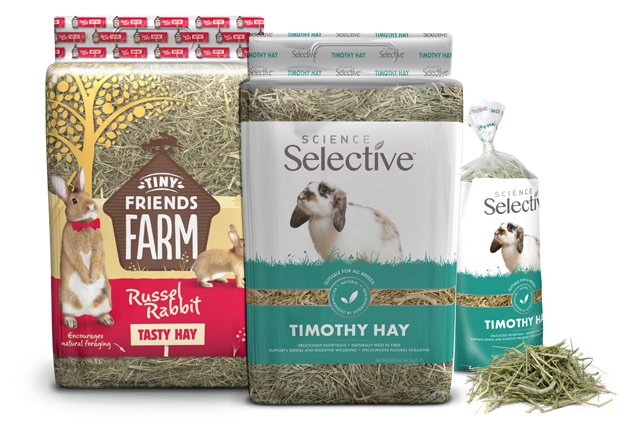
Do guinea pigs need hay to encourage them to forage?
Hay isn’t just good for your piggie’s teeth and tummy, it can also help them to keep happy and amused by foraging around like they would in the wild. You can encourage this behaviour by spreading the hay around their home. Hay racks and balls are another way of adding a little interest, and you can get special toys containing hay or make your own by stuffing tubes with some of this tasty food!
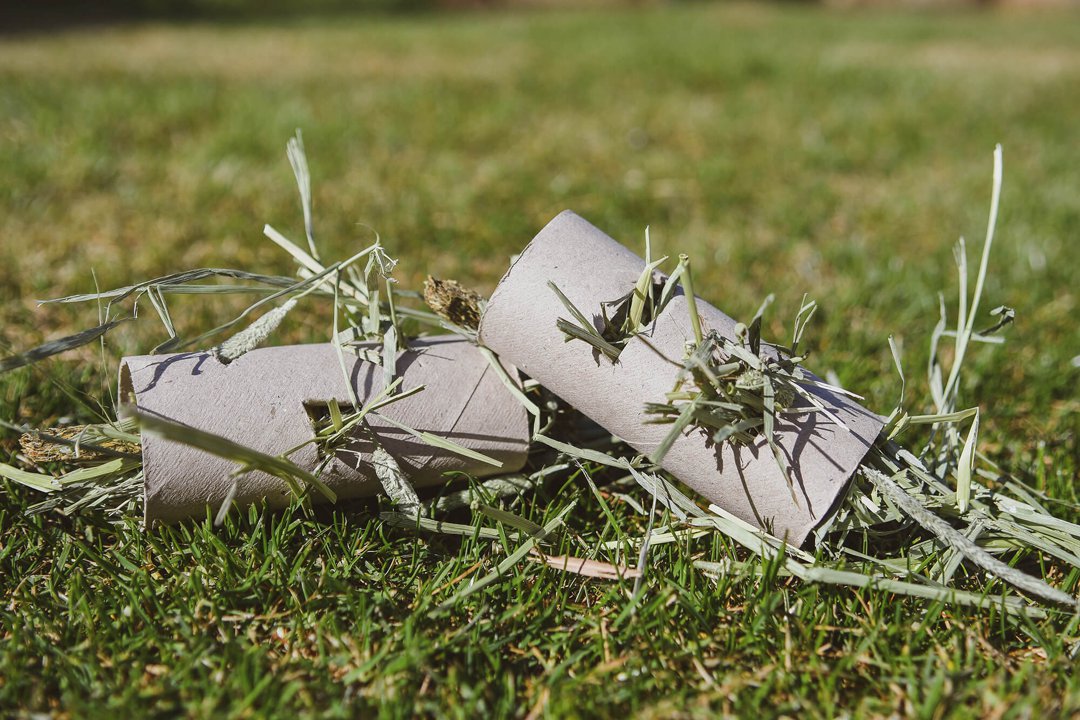
What about the rest of the guinea pig diet?
We’ve talked a lot about the first 80% of the diet, but what about the other 20%? A healthy diet for guinea pigs will also include a portion of fresh veg, mostly leafy greens. In addition to this, you’ll need to feed a carefully measured amount of a special guinea pig food that’s designed to meet all your piggie’s nutritional requirements including their need for vitamin C.
Guinea pig diets can come as muesli-style mixes such as our Gerty Guinea Pig Tasty Mix or single-component diets like Gerty Guinea Pig Tasty Nuggets or Science Selective Guinea Pig. If you’d like to learn more about the different types of diets available for small pets, check out our blog on food for small pets.
